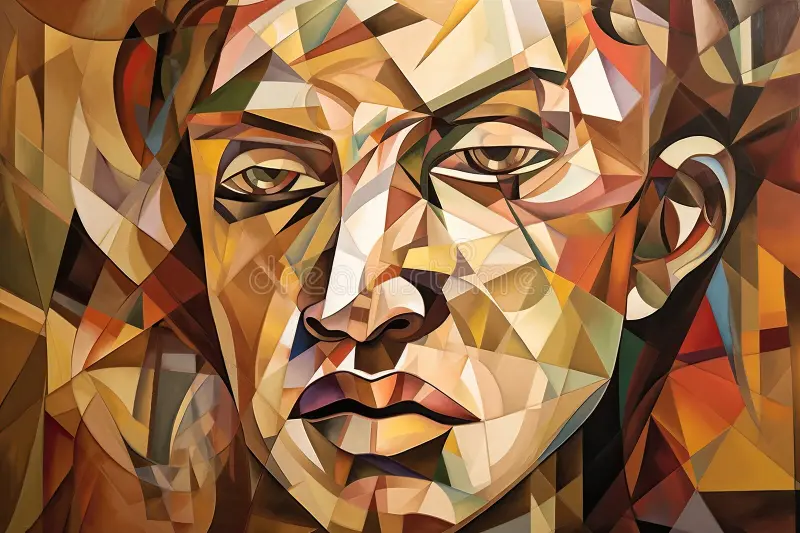In an era defined by both rapid digital transformation and a longing for authenticity, the phrase “Spirtile Face” captures something deeply evocative—an intersection of spirit, art, and the human condition. Though not a common term in mainstream language, “spirtile face” seems to combine elements of the spiritual, the tactile (as in “tile”), and the deeply personal: the face. What emerges from this conceptual blend is a profound metaphor for self-expression, identity, and the mosaic of human emotion.
Defining the Spirtile
To understand “spirtile face,” one might first look to “spirit” and “tile.” A spirtile, in this sense, could be interpreted as a spiritual tile—an individual unit of meaning or emotion, like a small artifact that contains essence. Much like how mosaics are made up of unique pieces that come together to form a larger image, spirtiles are the moments, memories, and energies that shape who we are. When applied to the face—the most visible canvas of human expression—the idea becomes rich with symbolism.
The spirtile face is therefore not a literal mask or visage but a conceptual one: a representation of how we present ourselves to the world using fragments of our experiences, values, and emotions.
The Human Face as a Canvas
Throughout history, the face has been central in art, spirituality, and psychology. In portraiture, it captures identity. In performance, it transmits emotion. In ritual, it is adorned, painted, or veiled. Faces can deceive or reveal, attract or repel. But they are always significant.
The idea of a spirtile face suggests that our faces are not monolithic. They are not static expressions. Rather, they are composed of stories—broken tiles, perhaps, of joy and pain, loss and love, stitched together into a coherent whole only through our unique personal spirit. This notion challenges the idea of a singular identity. Instead, it embraces the fragmentation that defines modern life: the digital avatars we construct, the roles we play in different contexts, and the layered emotional truths behind every smile or frown.
Spiritiles in Visual Art
Interestingly, there is a real-world artistic concept known as Spiritiles, pioneered by American artist Houston Llew. His work involves enameled glass tiles that encapsulate quotes, symbols, and abstract beauty. While this may or may not relate directly to “spirtile face,” it offers a beautiful parallel: the notion that one can embed soul and meaning into material objects—and by extension, into one’s own image or persona.
If we borrow this artistic idea and extend it to human expression, the spirtile face becomes a poetic analogy. Just as each tile Llew crafts contains a hidden message, every person’s face contains a coded language of lived experiences.
Social Identity and the Spirtile Mask
In psychological terms, humans wear “masks” to navigate social environments. Carl Jung’s concept of the persona speaks directly to this idea: a public-facing self that adapts to social expectations. The spirtile face, then, might be seen as a more honest evolution of this concept—a face that acknowledges its layered construction instead of pretending to be singular or pure.
In social media culture, where curated identities reign, embracing a spirtile face could be a radical act of authenticity. Instead of trying to present a flawless, unified image, it invites us to own our scars, our quirks, our contradictions.
The Beauty in Imperfection
There’s a Japanese aesthetic principle known as wabi-sabi, which finds beauty in imperfection and impermanence. A cracked bowl, for instance, is not thrown away but repaired with gold in a practice called kintsugi, highlighting the damage as part of the object’s story.
A spirtile face reflects this sensibility. It is not an attempt to hide flaws but to honor them. The cracks are part of the art. The asymmetry is part of the soul.
Cultural Significance in Masks and Face Art
Across cultures—from African tribal masks to Indigenous war paint to modern drag performance—the face is often the most expressive site for identity transformation. It’s where spirit meets matter. Through adornment or stylization, people across time have used the face as a storytelling medium.
The spirtile face, as a symbolic notion, fits neatly into this lineage. It is a reminder that we are all telling stories with our presence—stories written in expressions, gestures, and eye contact.
A Digital Interpretation
In the digital world, avatars, emojis, and AI-generated faces form a new dimension of the spirtile face. These composite visuals represent both real and imagined versions of ourselves. As we toggle between Zoom filters, social profiles, and augmented reality features, our faces become more like mosaics than mirrors—shaped by inputs, filters, and projections.
The challenge—and opportunity—is to retain authenticity amidst the abstraction.
Conclusion: Embrace the Spirtile
To live with a spirtile face is to accept the multifaceted nature of being. It means honoring the patchwork of your experiences and allowing your expressions to reflect your whole self—not just the polished parts.
Whether seen as an artistic philosophy, a cultural metaphor, or a spiritual concept, the spirtile face calls us to look in the mirror—not for perfection, but for poetry.
